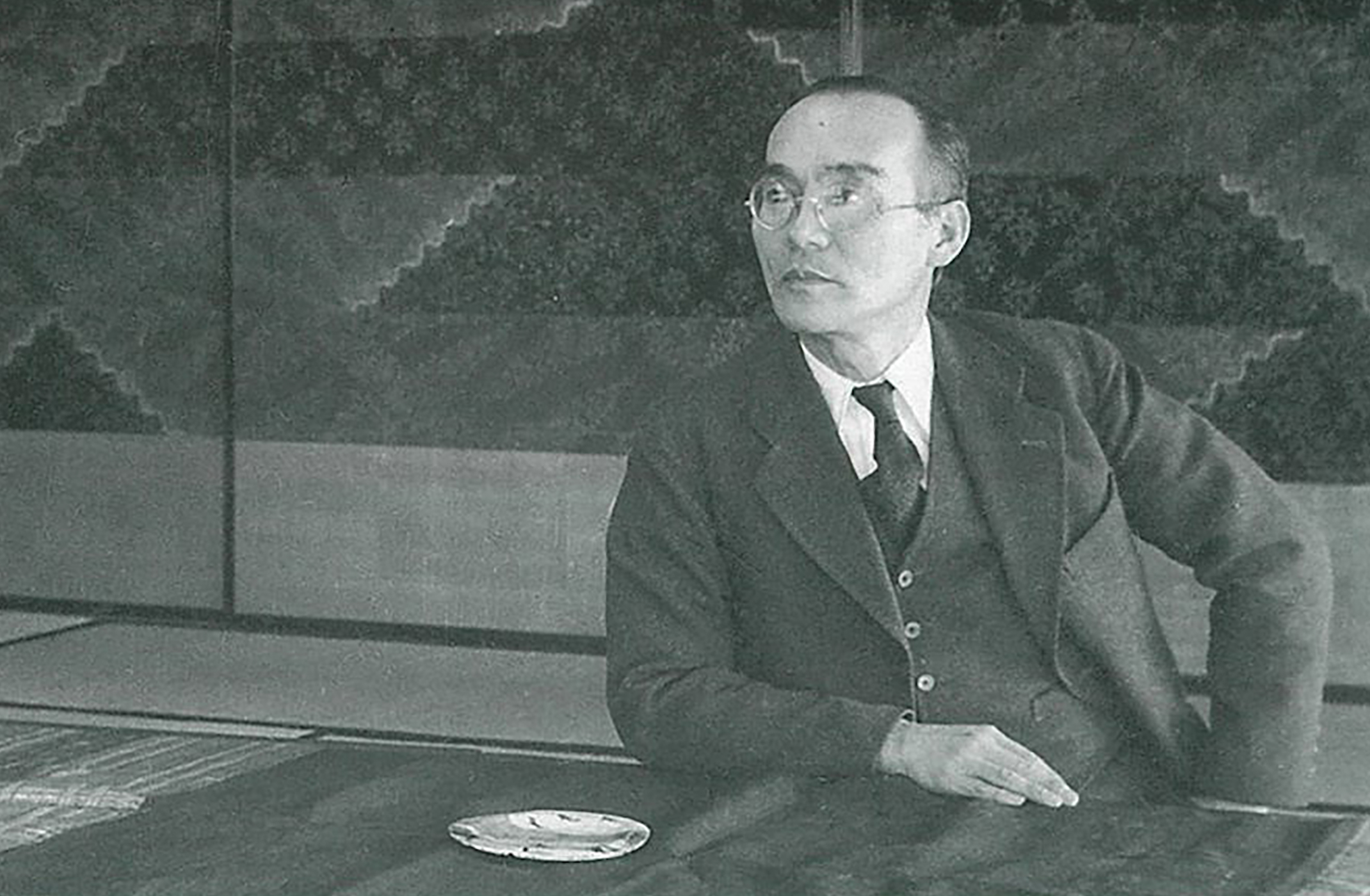

Biography
One of the first to introduce modern European architectural forms to Japan, Sutemi Horiguchi was an expert in sukiya-zukuri, a traditional Japanese style of residential architecture introduced in the late 16th century during Japan's Sengoku Period. He founded Bunriha Kenchiku Kai [Secessionist Architecture Group], Japan’s first modern architecture movement, in February 1920 just before his graduation from university. Seeking to break away from past styles, the movement pursued a new form of architectural expression that focused on aesthetics and artistry.
Horiguchi’s first residential project was the House of Koide (1925), a wooden two-storey house built for Osamu Koide and his wife, Koto, as their family retreat. The house, which commands attention with the shape of its roof and the colours of the reception room, was influenced by the Dutch architectural movement but was constructed using traditional Japanese methods. In addition to the House of Koide, Horiguchi designed a number of other residential and non-residential projects, including Iwanami House, Tokyo (1957); the Japanese pavilion for the Quadriennale, São Paulo, Brazil (1954); Hasshokan Hotel, Nagoya, Japan (1954); Wakasa House, Osaka, Japan (1939); Kobe Marine Observatory New Building, Kobe City, Japan (1939); Oshima Meteorological Station, Oshima Island, Japan (1938); House of Yoshikawa, Yoshikawa, Japan (1930); Soshokyo House, Tokyo (1927); Shienso, Warabi, Japan (1926); and Machinery Hall, Tokyo Peace Exhibition (1922). Horiguchi wrote a number of books on Japanese teahouses and dwellings. He was also a member of the faculty of Kanagawa University and Meiji University. He graduated from the University of Tokyo (1920) and later completed a PhD in architecture at the same university (1944).
Born in 1895 in Motosu, Japan, he lived and worked Tokyo until his passing in 1984.
SAF participation:
Sharjapan 3 – Remain Calm: Solitude and Connectivity in Japanese Architecture (2021)
